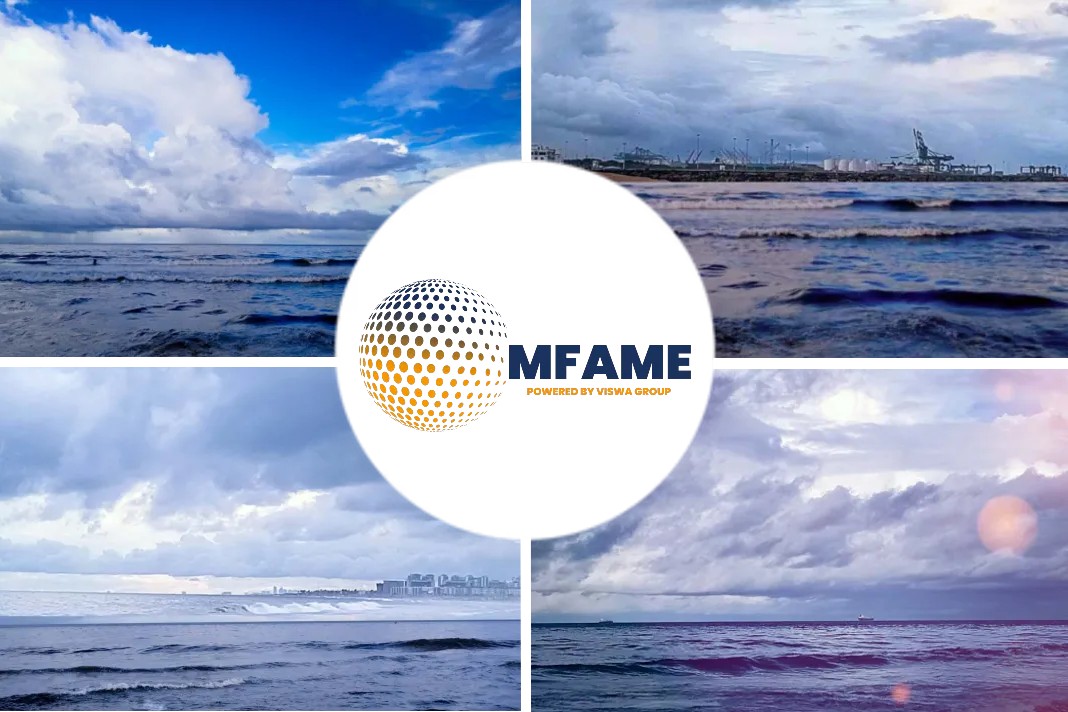
- The ongoing climate emergency makes the need to reduce emissions from shipping more urgent than ever.
- While there is no single fuel that can replace HFO, there is a solution available in the very short term which will lower fuel costs and emissions.
- Wind is, without a doubt, the fastest, cheapest way that shipping can reduce emissions in line with climate science.
Shipping’s singular focus on alternative fuels to lower costs and GHG emissions ignores the most immediate renewable energy solution: Wind. New technologies make this established solution the best short term propulsion answer, says Diane Gilpin, CEO of Smart Green Shipping.
Climate emergency
The ongoing climate emergency makes the need to reduce emissions from shipping more urgent than ever.
The best way to lower emissions is to use less fuel onboard ships, which will also result in lowered fuel costs – and, if handled correctly, less operational complexity.
Shipping’s emission reduction goals
At present, maritime has an overwhelming focus on low-carbon fuels, with options such as LNG, ammonia and hydrogen being trialed onboard ships and discussed at forums such as the IMO.
However, progress has been slow, the transition will be expensive and many shipowners are frustrated with a lack of clarity, which leaves them vulnerable to stranded assets and unpredictable fuel cost risks.
Autonomous wind-assist technology
While there is no single fuel that can replace HFO, there is a solution available in the very short term which will lower fuel costs and emissions – 21st-century retrofittable, autonomous wind-assist technology – which, according to a UK Department for Transport study is suitable for retrofitting onboard at least 40,000 commercial ships. Wind is an additional, free, clean power source for large merchant ships deployed as a hybrid energy solution.
Wind: a GHG neutral
Advances in technology make it necessary to update the way in which we think about wind for power generation.
Not only do we have better data about sea conditions, routing and weather patterns, but equipment such as FastRig wing-sails are now more robust than ever before and easily retrofitted.
Wind is truly GHG-neutral and completely renewable, meaning that this energy source carries no risk of obsolescence and can be used in conjunction with any other fuel or equipment for the entire lifetime of the ship.
UK government funding
This technology is not hot air. There is growing international support from individual investors (including shipowners) and also global governments.
I speak from personal experience. Smart Green Shipping has received multiple tranches of funding from the UK government and private investors for our FastRig rigid wing sail and our TradeWind software tool.
I believe that this funding was underpinned by the increasing market confidence that our diverse group of world-leading project partners brings to the table.
We are collaborating across the design, production manufacturing and supply chain with industry leaders such as MOL DryBulk, Drax, Lloyd’s Register, Humphreys Yacht Design, Houlder, Malin Group, Caley Ocean Systems and Argo Engineering.
Benefitting from such immense expertise in the project from an early stage means that FastRig has been assessed by shipowners from technical, commercial and environmental perspectives; we have a clear understanding of market dynamics – with partner feedback incorporated into successful product development.
Our solution is retrofittable, easily removable, intelligent – it knows which way the wind is blowing – is automated (to reduce the burden on the crew), recyclable and designed for safety.
Sea-trials by next year
Having worked in the motor-racing industry in the past, I understand the value of rigorous testing to ensure safety and gather reliable real-world performance data before we push on to mass production, which is why we will be testing FastRig on land this summer to validate computational fluid dynamics analysis and evaluate hydraulics, technical systems and real-world operational parameters – with any gaps addressed ahead of our sea-trials next year.
User-friendly wind technology
This is not a marketing pitch, but rather evidence that 21st-century wind technology is user-friendly. ‘Wind 2.0’ as I like to call it is an affordable, technologically sound, commercially vetted solution that offers investors peace of mind about their assets as it will always go beyond compliance– and will play an important part in the fuel mix of the future.
Wind is, without a doubt, the fastest, cheapest way that shipping can reduce emissions in line with climate science.
Did you subscribe to our Newsletter?
It’s Free! Click here to Subscribe.
Source: Splash247













